 Article
Article
By Alan Smylie
Part one can be found [URL=”http://www.bushcraftuk.com/forum/content.php?r=544-Foraging-for-the-beginner”]here[/URL]
So last time we touched on a basic introduction to foraging including why foraging is so rewarding, basic law and what you could call common sense with a touch of general etiquette. All straight forward stuff so far and exactly how it should be!
Although foraging (basic botany really if you think about it) seems like a huge and possibly unnerving subject, if you take your time and learn everything well, it should be a nice simple and pleasurable pastime. We have already established that it’s pretty extreme to think anyone could do this full time and survive off the grid without some form of basic agriculture or harvesting and storage in huge volumes. Our ancestors must have simply eaten to survive, and survived to eat. It’s possible to say that for several thousand years plus, roots, tubers and grains in some way, shape or form were mankind’s staple diet, foraged greens where a supplement for both nutrition and medicinal uses at times along with other rarer things like meat, a surprisingly large part of our diet these days.
This article is going to discuss the tools of the trade such as basic implements and reference books. These are the books and tools I use, please feel free to try and buy as you like. I would add that you really don’t need to spend a fortune. Most tools and also books can be bought second hand or heavily discounted off auction sites or on the internet. It’s your money though at the end of the day. A good stainless steel pronged fork with a synthetic handle would be a worthy investment in my eyes and money well spent. The rest you should find on the cheap.
Tools
KISS– I’m sure most of us know what this acronym stands for!
I have read books where authors recommend a tool belt so comprehensive bob the builder would be proud, but in my humble opinion you just don’t need it. In the time I’ve been foraging I’ve never really needed anything more than a trug and a garden fork which lives in the boot of the car, in my pocket a simple stainless UK legal folding knife. Rolls of the vegetable bags like you get on the salad sections of supermarkets are great for keeping things separate if you are collecting a variety of wild greens make a handy addition to have. Carrier bags are ideal if you have a couple of kilos of sea spinach to collect, but not much use for anything else. Never put positively identified mushrooms in plastic bags, they will very quickly sweat and spoil. When mushroom picking you may find the addition of a small water vaporiser (plant mister) handy for getting the last bits of soil out of the gills of mushrooms, or you may prefer to just take them home for a dunk and a second or third cautionary check with different books. As has been said in the last article, never touch anything unless you know exactly what it is, let alone eat it. This is my second real season for fungus picking and it can be quite a bewildering subject, even under the watchful eye of a very experienced foraging sidekick. 
It’s going to take a couple of seasons/years for my confidence to grow, so you should expect a similar time scale. As much as I like mushrooms, there’s definitely no hurry to make a mistake.
A cool box with an ice pack helps on hot sunny days, as things tend to wilt shortly after picking but we seem pretty safe so far this year, so the cooler box lies in the porch, praying for sunshine and a chance to get out! The most demanding job you will probably come across is digging wild carrots, onions or pig nuts. They seem to prefer rougher ground but the simple garden fork and some inertia does the trick every time. Some foragers like to dig up roots and the more unusual foodstuffs which is always nice to read about or even discuss but I prefer to hunt the edibles on the easier side. I generally avoid anything that isn’t really worth the effort taste-wise or is too awkward to prepare. There’s plenty of good food to be had just by simply picking, or a leisurely dig such as wild onions, carrots, horseradish etc.You may prefer an entrenching tool to a fork for pack down size, a bar for getting to roots or the complete gardening set slung over your shoulder. If it works for you, go for it.
Reference books.
Now here is a can of worms. Every forager that’s been reading for some time will have a personal (or multiple) favourite/s and they will tell you so. It really is up to the purchaser/reader to figure out what’s relevant to them, how they (you) digest the information (be it good or sometimes not so good) and how much detail there is on each plant, mushroom or subject. I will point out a few that I have personally found to be exactly what I was after, with clear concise pictures and more information than really needed. I like a book that adds a bit of insight and history, rather than just tell you it’s green, edible and that’s your lot. Some plants like scurvy grass – Cochlearia species are self explanatory but make interesting reading.
Food for free- Richard Maybe.
Some would consider this to be the first real foraging handbook in the UK. It’s been going for 30 odd years and received several updates to include more relevant information when it comes along. It’s a great book but I would advise the larger copy. The Collins gem stuff is OK, but lacking in both detail picture wise and information on each plant, eg- you get more detailed descriptions on uses and history with the bigger version. Well worth a read and one of the cheaper foraging books out there simply because it’s been about for so long and printed in the thousands.
Mushrooms- Roger Phillips.
This book is pretty much the bible of mushrooms. Everyone I know that forages wild mushrooms for the table has a copy of this and would not be without one. Its only downside is it’s a rather large book to carry around in its current edition but that’s pretty much the only negative for me if there was one. I can live with it! The visual index/short key will have you fairly close (same genus usually) to what you are looking at and I thought it would be overwhelming to start off with (it’s a very packed book) but it’s fairly easy to use. I can’t really say much more that have it in your collection.
Wild Food- Roger Phillips
Quite hard to get hold of these days- Be careful as some bookshops want silly money, but you can occasionally pick it up for the price of every day foraging books. I really like this book. It pretty much covers what I do on a daily basis and includes a very large percentage of the foods that are actually worth foraging for. There are recipes for anything from main meals to country tipples. My only gripe, I wish he would do a current version as it is fairly old now and printing techniques such as photographic images have come a long way. If you are ever reading this Roger, pretty please!
River Cottage Series.
I only own one book (edible seashore) and it seems to miss a few things that grow locally in abundance which are not exactly uncommon, but it’s a great read nonetheless . It is written in a dry/funny humour by the expert forager John Wright.
The other books also look good and it’s worth delving into the series to see what you think.
Collins Gems.
Small, humble, affordable and in all fairness great at what they are indented for, pockets and bimbles! With the foodstuff some images are drawings and some of the pictures are lacking in detail by the very nature of their size but they are great for giving you a rough idea of what something might, or might not be. I have a few and no real regrets buying them. I would not consider them to be confirmation of identification books though in any way, shape or form. Save that for the more detailed books at home.
Easy to identify plants.
I was going to break into this subject but we have covered quite a bit of information already so far and it’s a vast subject even with the basics, so I will cover this next month in detail, or as best as I can. It also gives you time to grab a few books. My foraging buddy, and you could say mentor, follows a simple philosophy when it comes to foraging. Find the right habitat at the right time of year and you will find what you are looking for. Simples.
You should be able to spot elder from a distance with all its flowers soon at this time of year. Find them and you will find cordial, fruit at a later date, Jews ear mushrooms- one of the easiest to identify edible mushrooms and not a bad starting point; Bushcraft related, you have the makings of a hand drill set, blow poker or whistle to keep the kids amused. You may find other wild foods en-route.  Chicken of the woods -Laetiporus sulphureus will be showing over the next few weeks but please be aware of its close relationship at times with Yew. A tree you should already be well aware of. See if you can hunt some COTW down purley for observational purposes. Walk around borders in meadows, parks or sometimes industrial estates and look for unusual rings or circular(ish) lines in the grass; either lush green grass where the rest is lighter and shorter or even scorched grass that looks out of place. You could stumble across a St Georges ring, fairy ring champignon ring or up and coming meadow puffballs Have a look into growing seasons, annuals, bi-annuals and you can evaluate what’s worth looking for over the next few months, it’s a busy time of the year for Mother Nature. It does no harm to purely look. Happy hunting!
Chicken of the woods -Laetiporus sulphureus will be showing over the next few weeks but please be aware of its close relationship at times with Yew. A tree you should already be well aware of. See if you can hunt some COTW down purley for observational purposes. Walk around borders in meadows, parks or sometimes industrial estates and look for unusual rings or circular(ish) lines in the grass; either lush green grass where the rest is lighter and shorter or even scorched grass that looks out of place. You could stumble across a St Georges ring, fairy ring champignon ring or up and coming meadow puffballs Have a look into growing seasons, annuals, bi-annuals and you can evaluate what’s worth looking for over the next few months, it’s a busy time of the year for Mother Nature. It does no harm to purely look. Happy hunting!
Next month- easy to identify plants in detail and what to avoid.
[B]Part one can be found here [URL=”http://www.bushcraftuk.com/forum/content.php?r=544-Foraging-for-the-beginner”]Foraging for the beginner[/URL][/B]

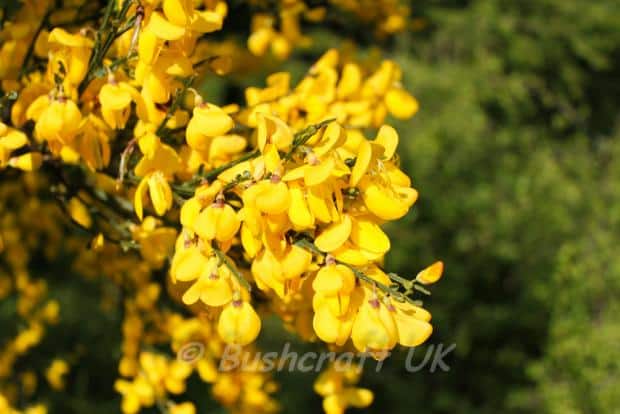
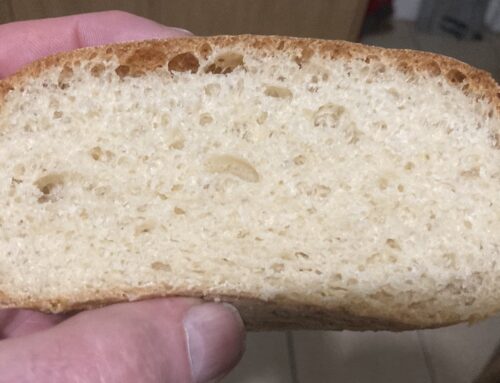
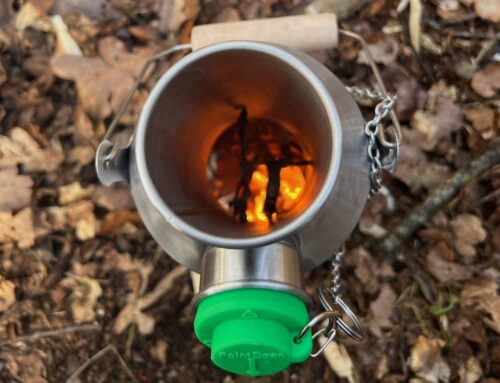
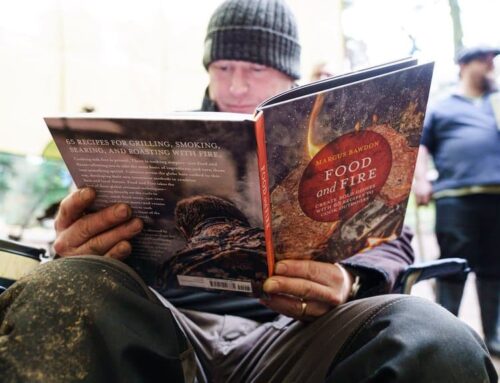
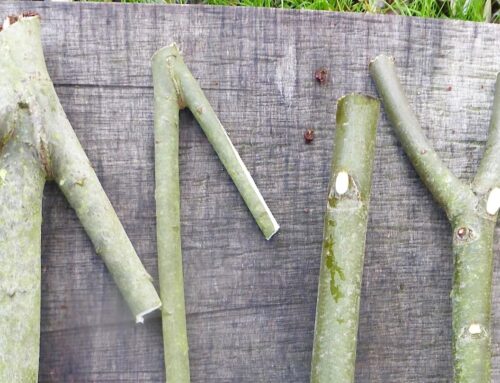
Leave A Comment
You must be logged in to post a comment.